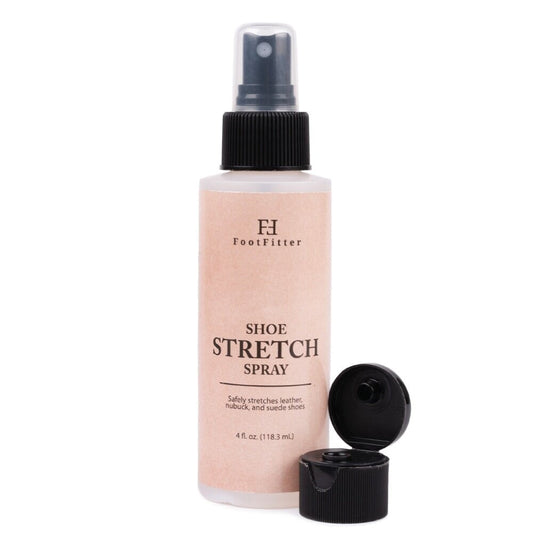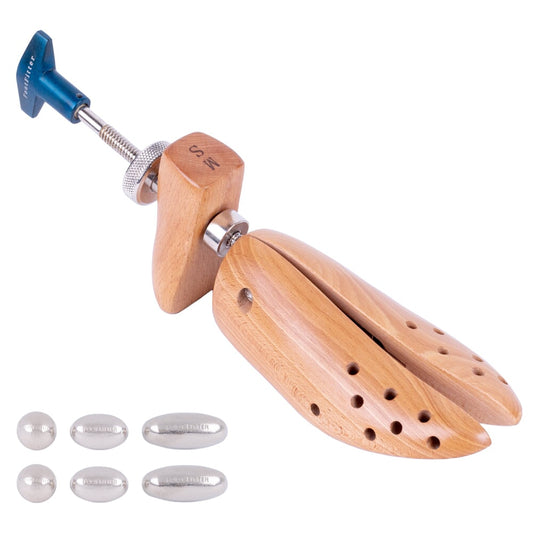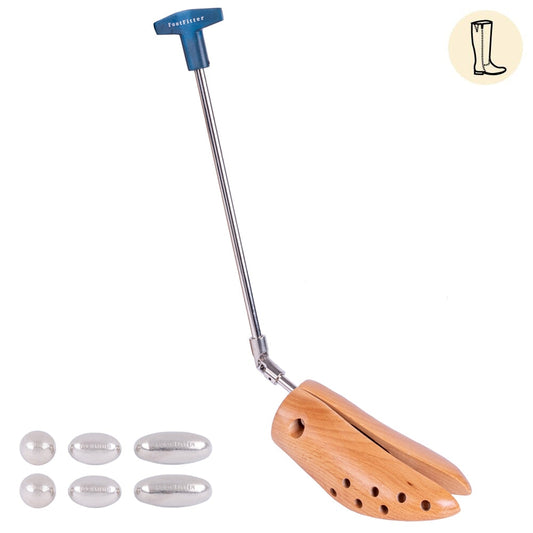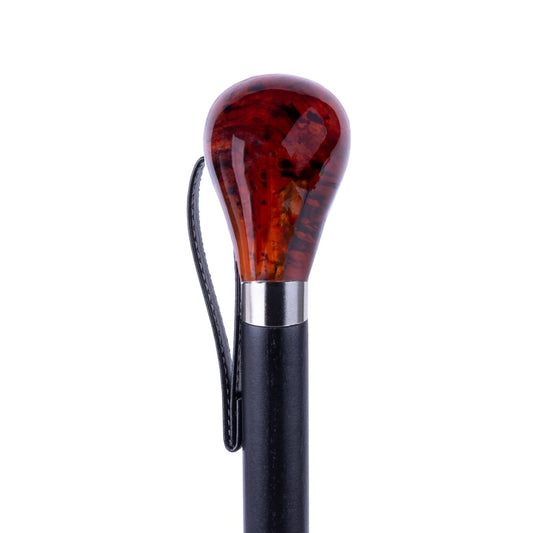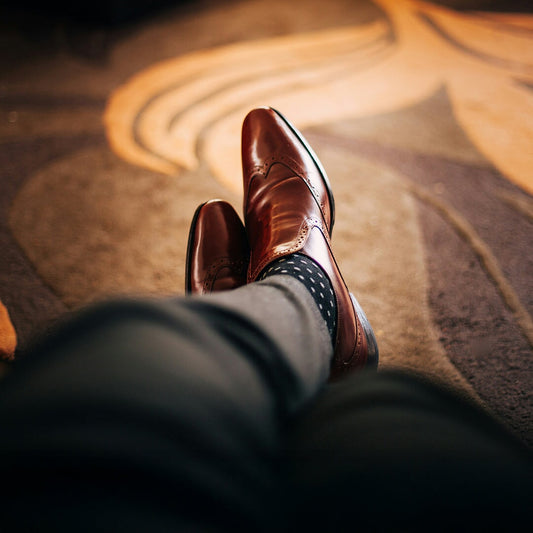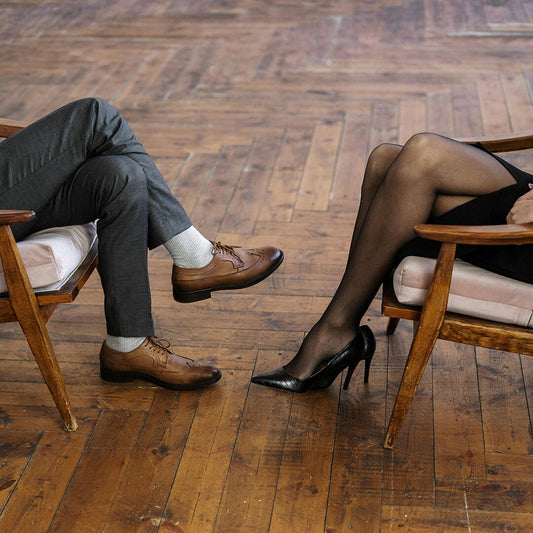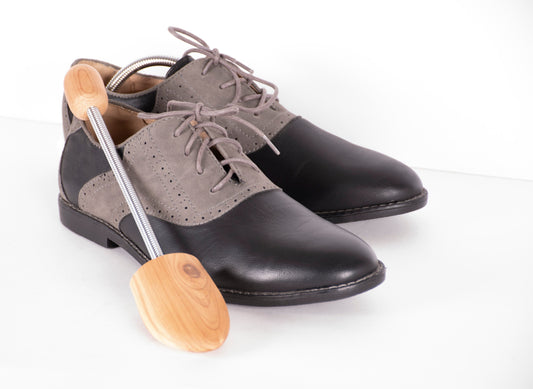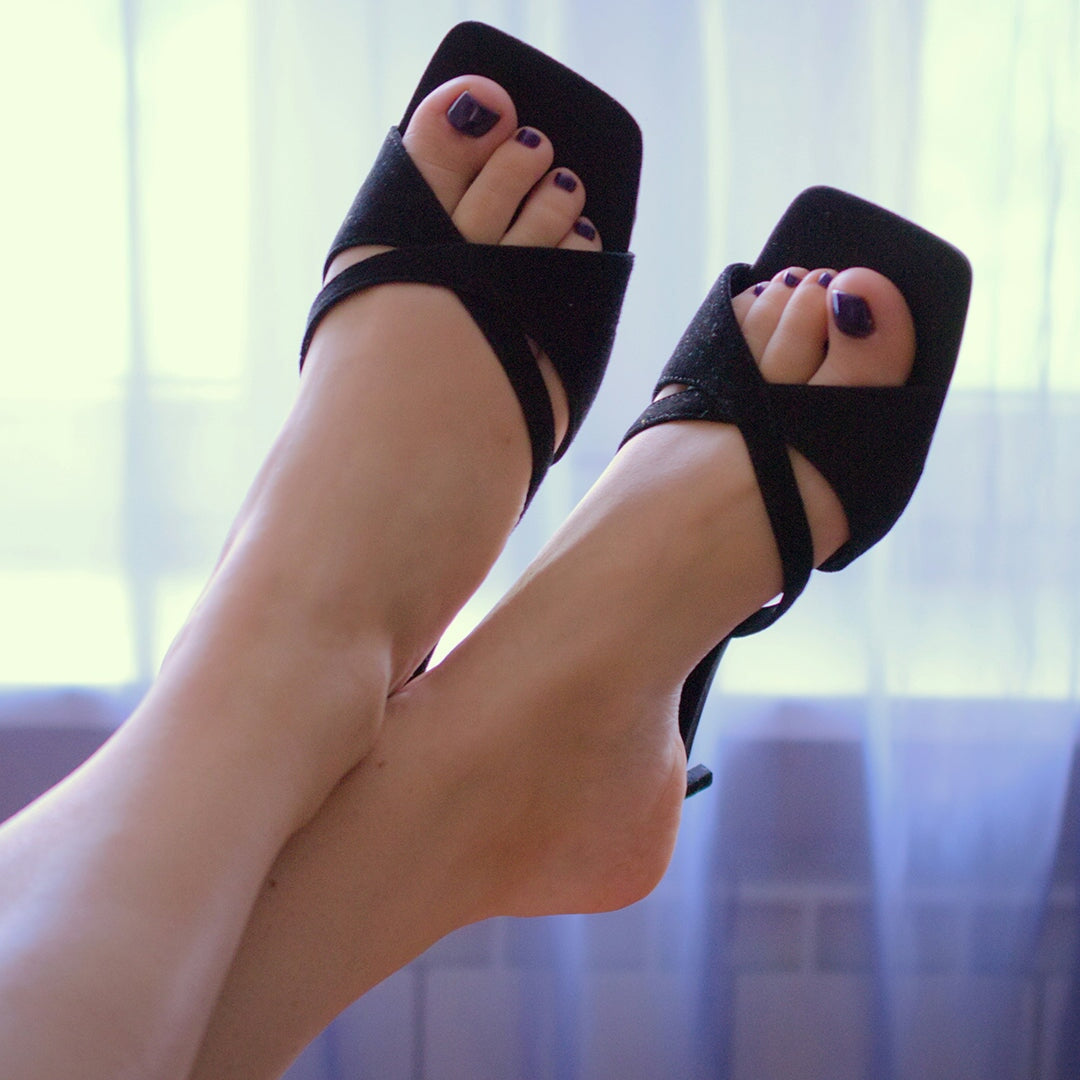
Wide Feet: Here Are the Causes and How to Break the Curse of Painful Shoes
Share
Wide feet can easily be the source of foot discomfort. However, this doesn’t mean you have to hide them away or avoid wearing shoes.
Here at FootFitter, we believe that all feet deserve the right to be comfortable. Therefore, we broke down the causes of wide feet, the problems they can create and how you can relieve some of the pain associated with wide feet and tight shoes.
Keep reading to make your wide feet issues problems of the past.
What causes wide feet?
A number of factors contribute to wide feet, including genetics, the shoes you wear and changes that occur to your body throughout your life.
You’re born with it.
The easiest answer when it comes to why you have wide feet is you’re simply born with it. While wide feet and big feet in general can make shoe shopping difficult, they can also help with balance and improve athletic ability in swimming and sprinting.
You have flat feet.
Also associated with genetics is flat feet. However, while flat feet can appear when you’re developing as a child, you will also see a change as you age into older adulthood.
Most often, the shoes you wear in your 20s will be much too narrow for you in your 70s, even if the length stays the same. This is because feet get flatter over time, which makes them wider.
You’re pregnant.
Pregnant women also typically experience wide feet during their second and third trimesters.
The pregnancy hormone relaxin releases to allow the joints around the pelvis to loosen. However, this also stretches the ligaments around the feet, leading to wider feet than usual.
You’re wearing the wrong shoes.
Sometimes experiencing an uptick in your foot width isn’t from genetics at all, but rather wearing the wrong shoes. If your shoes are too tight and too small, your feet will swell up and appear wider. Constantly wearing shoes that are too small can harm your feet over time, causing health problems and deformities.
What are problems associated with having wide feet?
Most of the time, problems associated with wide feet come from environmental factors and not genetics. If you are born with wide feet, physical discomfort is less likely and often problems are more associated with disliking the physical aesthetic.
However, if your wide feet are attributed to tight shoes, medical issues like bunions and corns can occur.
Bunions appear when the bone or tissue at the base of the big toe becomes enlarged. This can cause a foot deformity that will make wearing shoes painful on the side of your foot.
Corns typically develop on the toes from shoes rubbing against the skin. They heal easier than bunions but are often painful and can cut the skin open. In addition to tight shoes causing corns, not wearing socks is another contributing factor. Unfortunately, not caring for corns can make you more susceptible to bunions.
How do I know if I have wide feet?


Men typically have wider feet than women do. However, women are usually more susceptible to bunions because women’s shoe styles are generally tighter and more narrow.

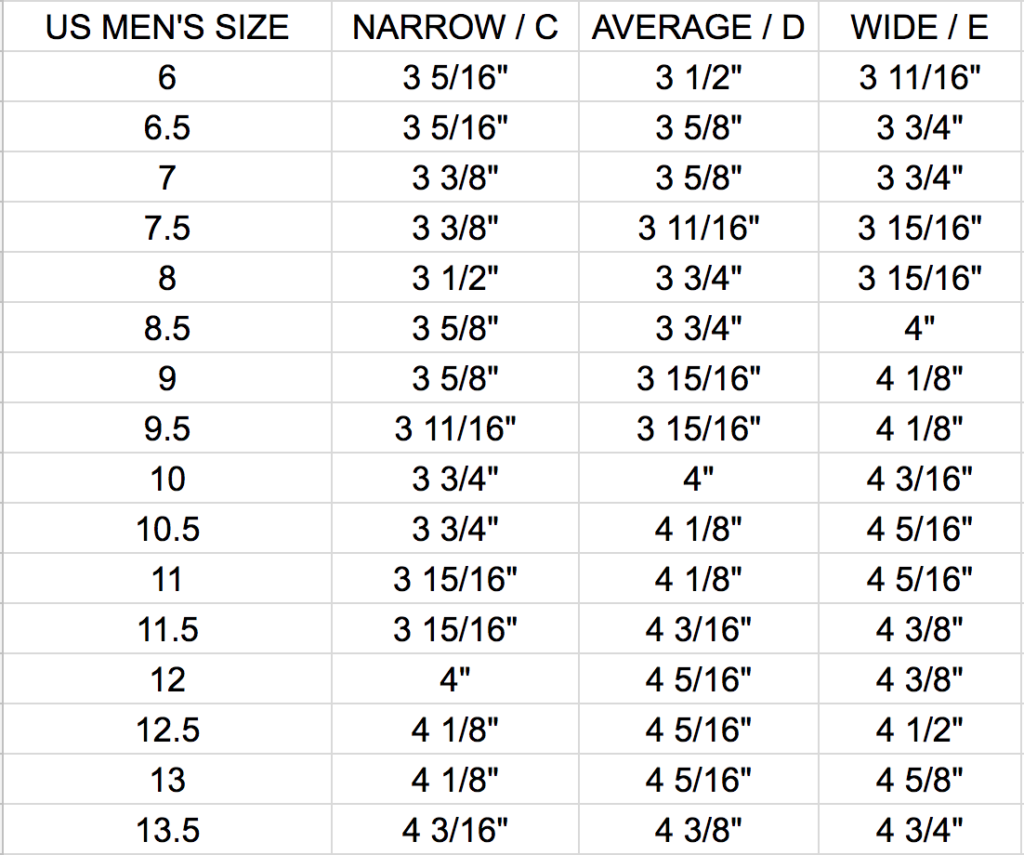
For women wearing unisex shoes in men’s sizes, accounting for the width difference is necessary. An average shoe for a man would be considered wide for a woman.
How to test for wide feet
- Put on socks that you normally wear dress shoes with.
- Tape two pieces of white paper to the floor.
- Have a friend trace your foot on the paper.
- Use a ruler to measure the width of the widest part of your traced foot.
- Write down the measurements for both your left and right foot.
- Subtract 1/8″ from the larger number and record this value as your width.
- Look above to the sizing charts to see if your feet are narrow, average or wide.
What if my feet are two different sizes?

Humans aren’t exactly symmetrical so having slight size differences between your left and right foot is perfectly normal. If your left foot is half a size longer or a width size bigger than your right foot, don’t fret. This doesn’t mean you have to buy two pairs of shoes in different sizes.
Instead, buy shoes that accommodate the larger of your two feet. After all, size differences aren’t very big. For example, the difference in length between a full size is 1/3″ while the difference in width is only 1/8″ so the dissimilarity isn’t noticeable and shouldn’t cause discomfort.
However, if your feet have a 1 1/2″ difference in length or significant width differences, buying shoes of two sizes may be better for your health. If this is the case, consulting with your doctor is smart before heading to the shoe store to determine your best option.
Keep reading to find out how certain shoe tools can customize your shoes to your feet.
How to make shoes less painful if you have wide feet
If tightness is your problem, using a shoe stretcher will help to widen one or both shoes to your desired comfort. Choose the style that best fits your needs, including stretchers for dress shoes, heels, boots and even bunions.
If your feet are different sizes, adding an insole to your smaller foot will help make up the difference. This will allow you to buy shoes a half or full size bigger to accommodate for your larger foot without flopping around on the other side.
If wide feet make your shoes difficult to pull on, a shoe horn will come in handy. This tool pulls back the heel of your shoe slightly while you are sitting or standing (depending on the length of the horn) and allows you to slide your shoe on with ease.
Read More: “How to Make Heels More Comfortable: Training Away Tightness“
Main image Konstantin Shmatov via unsplash



